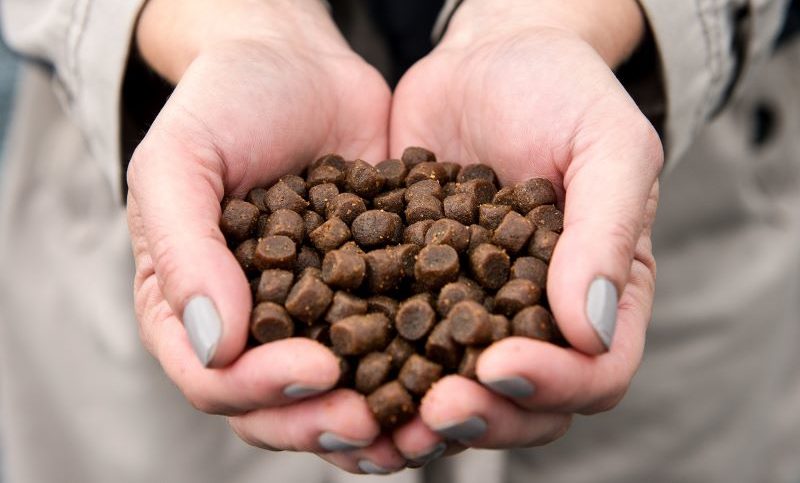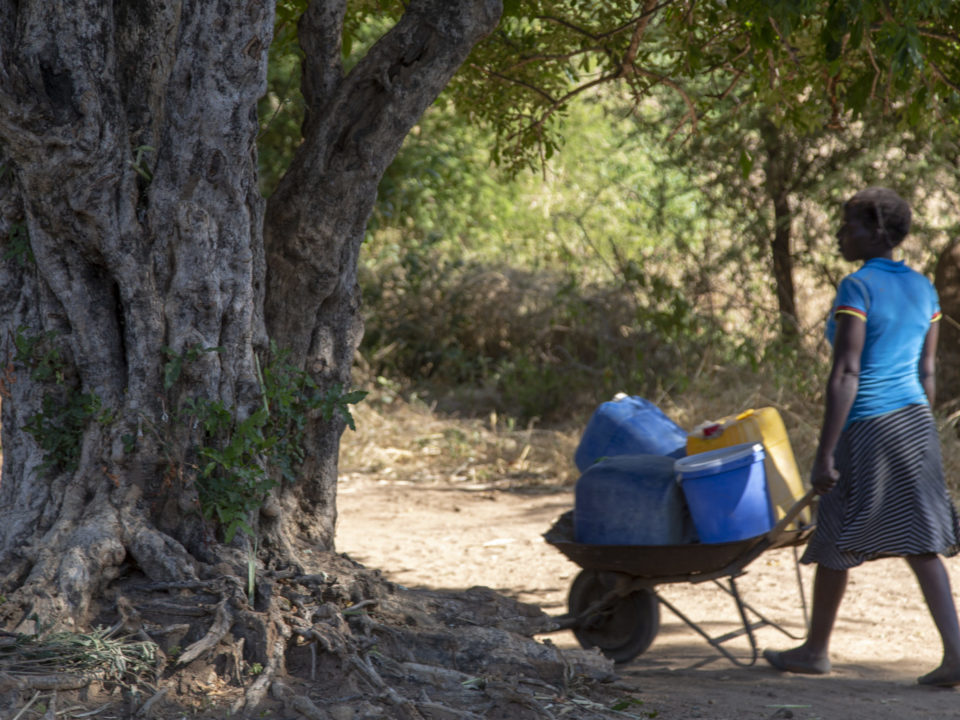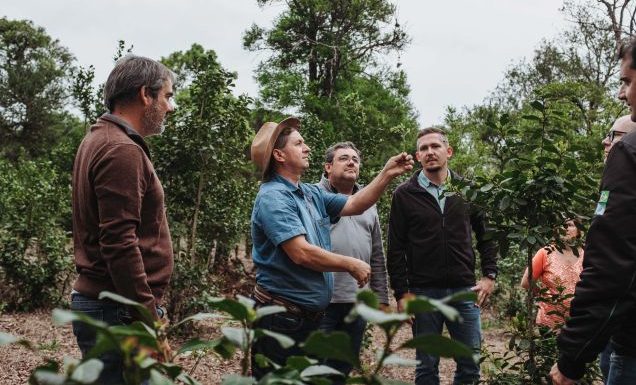Linden blossom: Lofty blossoms
“Stories of our botanicals” – Part 2
For us, quality and sustainability belong together. We want our business practices to be good for nature, people, and society. Not only do we set the highest standards for our product quality, we are also careful with the natural resources we use. We are committed to biodiversity and more sustainable practices, and the diversity of our products reflects that. Here, we introduce you to some of our favorite crops and provide some information about how they are sourced. Today´s main actor: Linden blossom
The principle of fairness (Linden blossom)
Martin Bauer’s wild collectors live in close harmony with nature. In the beautiful, remote places they call home, profound knowledge about plants is a tradition that has been preserved for centuries and is passed on from one generation to the next. We respect the way of life of these people, value their wisdom, and strive to ensure healthy working conditions and fair pay.
Bulgaria’s Danube plain in early summer. Rays of sunshine warm the rustling pale-green leaves of the silver linden. The trees are full of sap, giving off a delicate scent that connoisseurs can recognize from a distance of 200 meters. It is a fine, elegant fragrance with a fresh, green nose and a hint of honey. The brief period of two to four weeks has begun during which the yellowish-white linden blossoms can be harvested. Their delicate flavor enhances the taste of various herbal teas. Linden blossoms are also one of the best-known herbal remedies – they have a diaphoretic, relaxing effect and can calm the stomach.
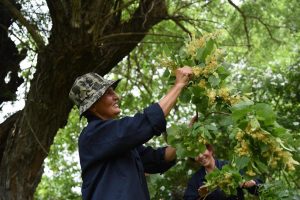
The linden’s enchanting scent attracts many winged visitors. The lush blossoms this late in the season make the linden a valuable feeding ground for bees and one of the last foraging sources. Linden blossoms are rich in nectar. The easily digestible sugar solution is a great source of energy to help the insects on their long, debilitating flights. Bumblebees use linden pollen to nurture their new queens, who are the only ones to survive the winter. Come spring, the young queens are responsible for creating new colonies.
How do collectors tackle a towering tree, buzzing with bees, whose blossoms are 20 to 30 meters off the ground? The answer is – cautiously! No tree is quite like the next, and the age, height and shape of each one determines how it should be climbed. In Bulgaria, experienced linden blossom collectors pass their knowledge on to the next generation. It is also traditional to climb without a safety rope, but we believe that even with a great store of knowledge, that’s too risky.
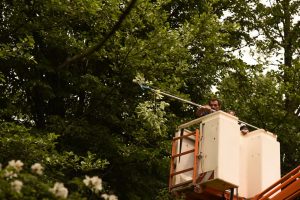
To better protect our wild collectors from accidents, we have provided them with professional climbing equipment. We also commissioned experienced mountain climbers from Sofia to share their knowledge and provide practical training in the use of ropes and belts. Under their guidance, the collectors learned how to identify safe anchor points, to position throw lines in a tree, to climb up single ropes, and to move safely around tall trees. Although it takes time for the new technique to become second nature, the collectors learned quickly. And that’s hardly surprising, as an innate understanding of trees is the most important prerequisite for becoming a skilled tree climber and blossom collector.
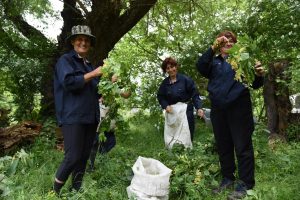
Want to knwo more about our sustainability commitment?
Related topics:
Licorice root: A well-deserved break for a multi-talented plant
Related posts
Advancements in Aquafeed: The Botanical Edge
In the rapidly evolving landscape of aquaculture, the incorporation of secondary compounds from botanical powders and extracts into aqua feed is garnering increasing attention. From the […]
Read moreBetter water for a better life
Mushumbi is in northern Zimbabwe, on the border with Mozambique. It is one of the driest parts of Africa. In recent years, the region has been […]
Read moreEnergize your business with yerba mate
A gift from the gods – that’s what is said that the Guaraní called mate tea more than 1,000 years ago. It remains a cornerstone of […]
Read more